Regardless of the field you work in, practice is the key to success. There is no substitute for practice when it comes to learning how to sketch. In this article, we share 7 Easy Tips and Tricks to Help You Towards Learning How to Sketch.
To become a better artist, you need to keep working on your craft regularly. Here is a brief history of drawing and sketching, as well as a few tips and tactics to help you get started with sketching.
Table of Contents
Evolution of Sketching
The word “sketch” is derived from the Greek ‘schedios’, a preliminary outline or early version of the ultimate work of art. Sketching is commonly used as a preparatory stage to help the artist see the final product. Even oil painters start with a sketch. It helps them organise their paintings ahead of time.
The oldest “sketches” and “drawings” were unearthed on cave walls in Spain and France between 30,000 and 10,000 B.C. Initially, designs were carved, scraped, or painted on simple tool surfaces.
Sketches are now widely employed in industries including architecture, graphic design, and product development. Sketch artists help forensic teams. Crime scene drawings, for example, are an essential part of crime scene investigation and may assist capture the situation.
However, you do not have to be an architect, freelance or industrial or a graphic designer, or even a forensic sketch artist to apply your sketching talents or improve your advanced drawing style. You might also learn to sketch to unwind after work or before bed. Sketching can help you focus and ease tension. Let your imagination flow with a pen and paper.
Here are Seven Sketching Pointers to Get You Started:
1. Make Sure You Have All the Tools You’ll Need
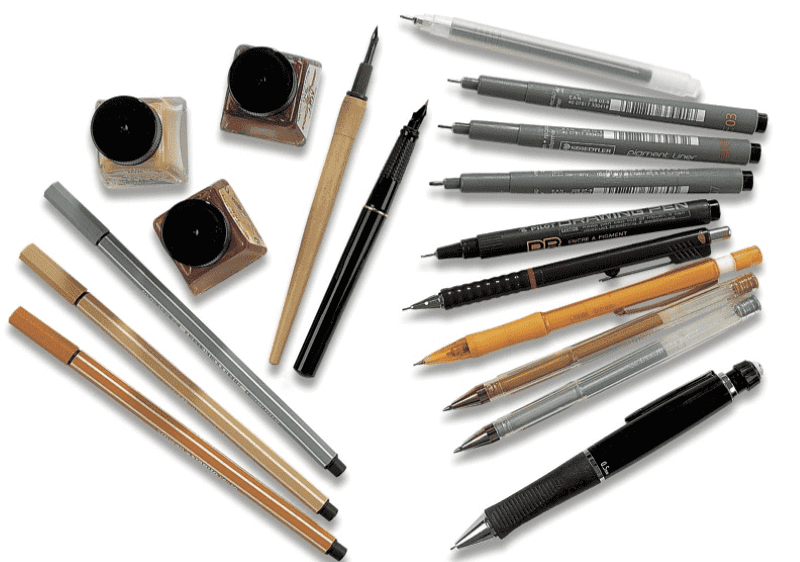
If you’ve got a pen and paper, you’re all set to start drawing. However, if you’re serious about drawing, you’ll need to figure out which tool works best for you and appreciate the value of different pencils. If you’re doing preliminary sketches, go with bigger strokes and use finer pens or pencils for the details.
What kind of pencil should you use based on your personality type? For this question, we need to know the four degrees of hardness of a pencil. Hardness is commonly printed on a pencil, especially if it’s designed for drawing.
When you see a pencil with only the letter B written on it, you know it is black. It is common for these pencils to be soft and perfect for kids. As a rule, a pencil marked with an H or an F signifies that it is hard or firm, depending on how dense the graphite appears.
Any experienced artist will find these pencils to be ideal for their needs. Last but not least, HB stands for “hard black,” indicating a medium level of hardness.
The letters B, H, HB, and F, may also have a number appended to them. You may determine the colour intensity and degree of hardness more efficiently by using the numbers on the pencil. Suppose you had to choose between a 5 H or 10 H soft pencil, both of which have the letters “H” on them. Hardness may increase to 10H if you want it to be more durable.
It is recommended to use hard pencils whenever you need to draw/sketch technical documents. It ranges from H (two hours) to H (six hours). Soft pencils from 2B to 8B are the perfect option to express yourself more imaginatively.
You’ll also need a sketchbook in addition to the pencils you choose. Since you may use hardcover sketchbooks both indoors and outdoors, we suggest the above paperback ones. If you need to doodle or draw anything, the hardback will be there to provide a hand.
Check out our Best Sketching Equipment We Use and Recommend.
2. Begin with Small Steps
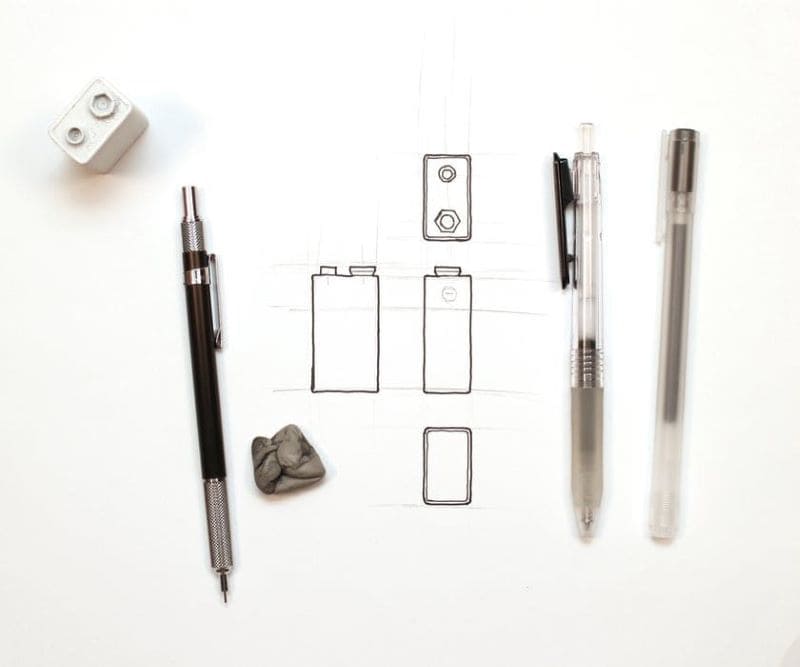
Are you unable to create straight lines or perfect circles? There’s nothing to worry about.
Sketching is all about experimenting and creating as many mistakes as possible, especially if you’re a newbie. You can begin by drawing a simple picture.
Warm-up your hand by drawing straight lines, squares, triangles, spheres, or other geometric forms or patterns. In addition, you may want to experiment with simple object sketching or drawing and adding more detail and composition at a later stage.
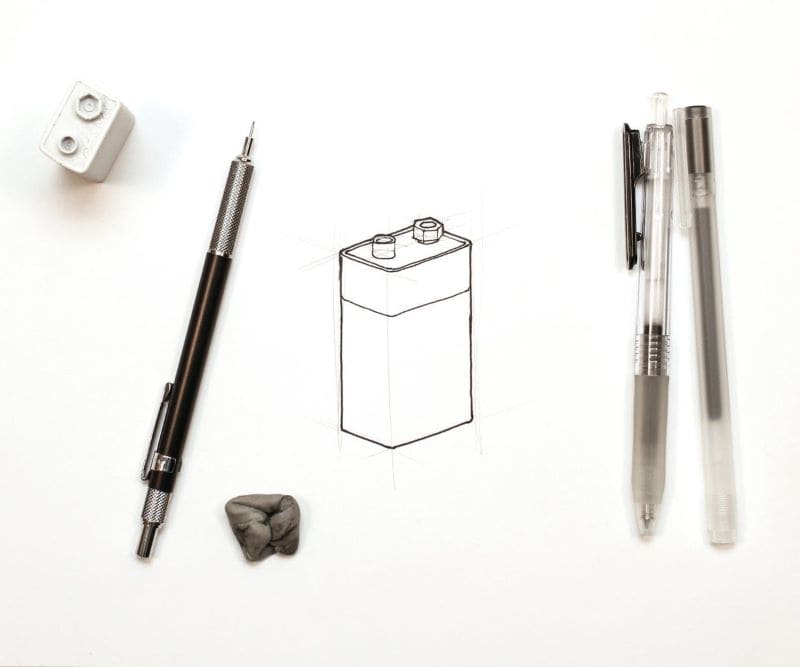
Once you have mastered basic sketching and drawing you can then pick a more complex area for your drawing next. You can advance to portrait’s with actual live model (such as a person) or just image or photograph. Once you’ve chosen your topic, you’ll need to determine the source of light. You may design your sketch based on the dominant light source.
It is a good thumb rule to keep in mind that the areas of a sketch in direct sunlight are always brighter than those parts that are more “dark.” Create a contrast between the darker and brighter sections by making those areas more dramatic.
3. Let Go of Your Perfectionism
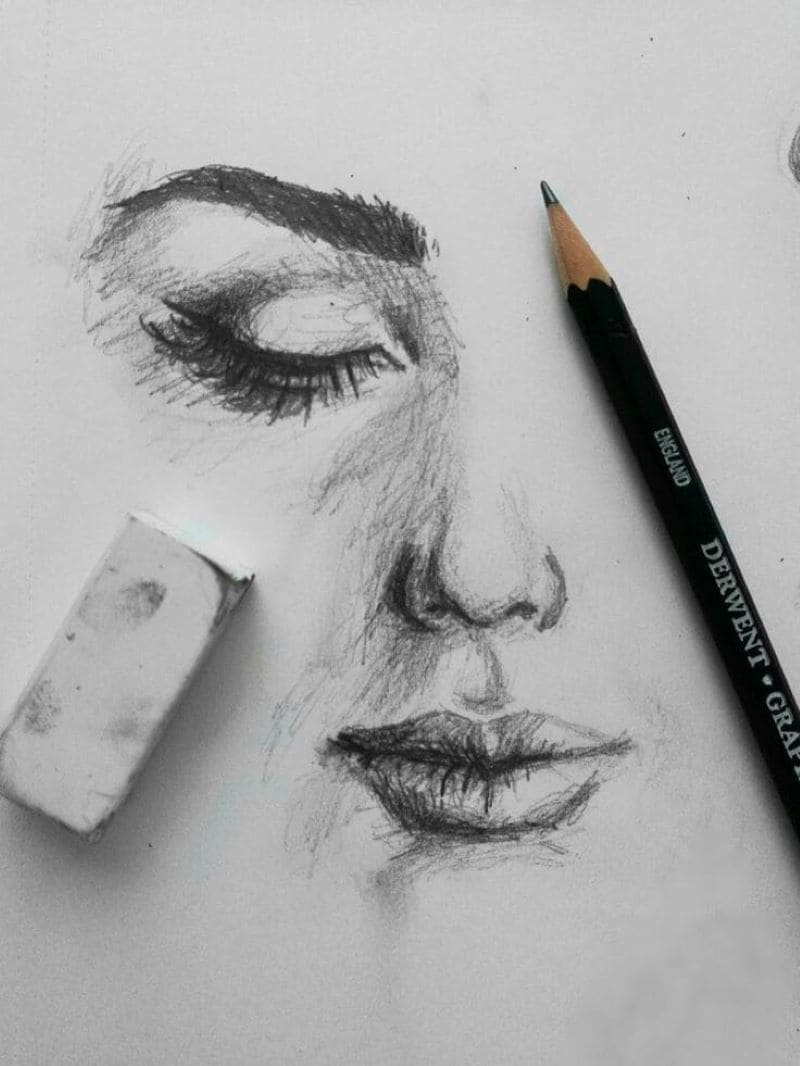
As a novice, it is necessary to concentrate on the fundamental forms rather than the details or worry about whether the lines are straight.
At this point, it’s best not to become bogged down in the nitty-gritty details. Draw free-flowing lines with a relaxed hand. To avoid hand fatigue, draw the lines freely and softly.
4. Refrain from Smudging
You might ruin your hard work by smudging, especially if you’re trying to achieve a clean-looking finish.
It might not be enjoyable, yet it frequently happens, especially while shading. You need to figure out a way to get rid of or at least lessen this issue.
Placing a piece of paper below your hand can help prevent smearing the other areas covered by your hand. Shade from the left toward the right if you’re left-handed, or vice versa.
5. Always Remind Yourself of the 70/30 Rule
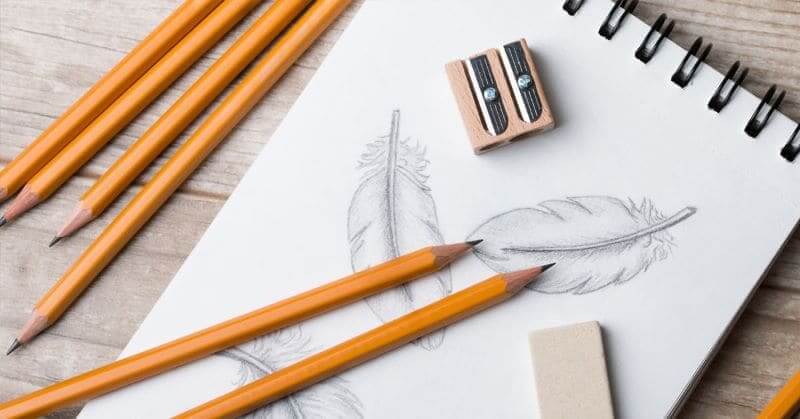
Many times, you have been told that less is more.
When it comes to drawing, this is especially true. Do you know what the 70/30 rule is all about? Focusing on a particular portion of your sketch, fill 30% of it with details and utilize the remainder (70%) as filler.
The importance of simplicity in artwork sketching can’t be overstated. What this doesn’t mean is to throw out 70% of your drawing. Instead of wasting 70% of your picture, use it to bring the audience to the primary subject.
6. The More Lines Available, the Better
Let’s go back to our earlier discussion on selecting the proper pencil. That was to assist you in comprehending the various pencils and their uses. Even if you use many pencils that differ in hardness or softness, it is not a crime.
What’s the point of varying your lines if you don’t? Make your sketch more vibrant and aesthetically appealing by following the advice provided in this article. You may also use a variety of pencils to lighten the darkest areas of your drawing gradually.
7. Symmetry Isn’t Always Eye-Catching
In the absence of a name like Wes Anderson, it’s best not to obsess over having your sketches perfectly symmetrical.
There are instances when symmetry in sketches or drawings might appear monotonous or repetitive. To avoid this, make a few minor tweaks to the design to make it more asymmetrical.
Conclusion
Even if you think you can draw stick figures and have no knack for drawing or sketching, be confident that you are better than you think. Try new drawing and sketching methods and follow step-by-step instructions to discover how much you can improve with each day’s practice.
Drawing rough sketches for 30 minutes a day using a dark pencil or charcoal pencil can help you enhance your drawings and get your sketching career off to a good start. It’s time to dive into the digital sketching universe!
Join The Logo Community
We hope you enjoyed these 7 Easy Tips and Tricks to Help You Towards Learning How to Sketch. If you would like more personal tips, advice, insights, and access to our community threads and other goodies, join me in our community.
You can comment directly on the posts and have a discussion with Andrew, the Founder of The Logo Creative.
*TIP – We recommend Skillshare to learn online. There are tons of classes for everything including graphic design, web design, marketing, branding and business related courses. Get a free trial with our link and you won’t regret it Trust us!
 Author Bio
Author Bio
Ankit thakor is a marketer by trade and a football player by passion. He is a SaaS Marketing Specialist at SoftwareWorld. He specializes in using compelling content to capture consumer profit for world-class SaaS brands, including Zoho, Freshworks, ClickUp, and more.


